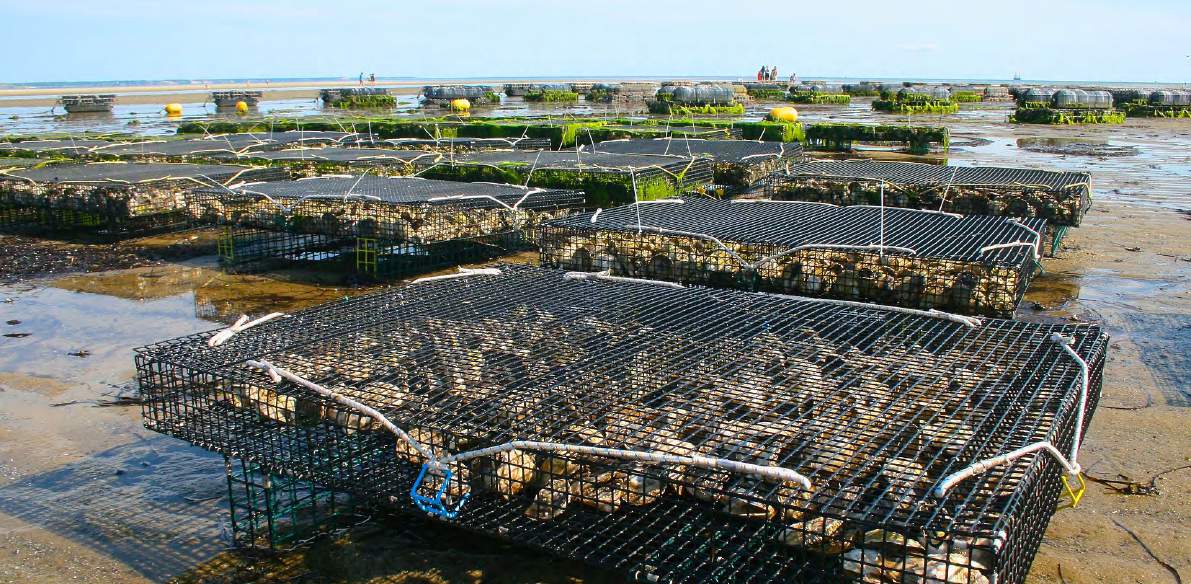Global aquaculture production set for contraction as COVID-19 challenges persist

January 8, 2021
Fish supply, consumption, prices and trade revenues are all expected to decline this year due to the impact of COVID-19 containment measures. While there is significant variation between market segments, overall demand has weakened, negatively affecting businesses which must also contend with costly logistics, labour challenges and widespread uncertainty. Global fish production is expected to fall by some 1.7 percent, with declines in both wild capture and aquaculture outputs. If realized, the forecasted drop in aquaculture output of 1.4 percent would be the first recorded annual contraction of the sector in almost 60 years.
This drop in aquaculture harvests reflects the strong response of farmers worldwide to deteriorating market conditions and operational challenges. However, this response has varied significantly depending on the specific biological characteristics of the farmed species. Shrimp’s short production cycle allows for relatively swift adjustment of output, and shrimp harvests are expected to fall significantly in 2020. In contrast, Atlantic salmon take 2 to 3 years to reach harvestable size, restricting the ability of farmers to respond to market developments. The growth curve and feeding requirements of the species are additional considerations. Most bivalve species have relatively long production cycles but can be kept at marketable sizes for significantly longer at relatively low cost compared with most farmed finfish.
Meanwhile, global capture fisheries production is likely to fall by some 2 percent largely due to reduced fishing effort in many regions as a result of COVID-19-related restrictions on fishing vessel crews and because of market effects associated with the pandemic. However, again there is significant variation according to species, with lower cost, retail-targeted species that may be frozen or otherwise preserved generally faring better in the current environment.
Aggregate prices for 2020, as measured by the Fish Price Index, are down year-on-year for most traded species. Prices for farmed whitefish and salmon, in particular, were significantly lower in the third quarter of 2020 as supply exceeded demand. These declines, combined with lower per capita consumption of fishery products globally, have translated into trade contractions for most major exporters and importers. In particular, imports into all of the world’s largest seafood markets — China, Japan, the United States of America and the European Union — are set to fall in 2020.
Meanwhile, most major exporters will see reduced revenues. The importance of retail sales has significantly increased at the expense of foodservice, as the hospitality sector has remained subdued. Species such as cephalopods and seabass and seabream are particularly susceptible to this shift in focus, as traditionally these are popular restaurant options.
Consumers are concerned about the possibility for new lockdowns, and at the same time are generally wary of frequent social interactions such as those involved in regular trips to grocery stores or fish markets. These considerations are driving demand for preserved and prepared products, while demand for fresh fish has waned. In addition, they are acting as a catalyst for the development of e-commerce sales channels, take- out and home delivery services, while the necessity of home cooking is a new focus for marketing campaigns and product innovations centered on convenience.
Meanwhile, economic downturns and rising unemployment are affecting household incomes, and demand for luxury products such as lobster, oysters and fresh tuna are weakening. The same drivers are responsible for boosted sales of canned tuna, sardines and mackerel.
The outlook for the next few months is continued uncertainty and a strong tendency towards risk aversion on the part of businesses and consumers alike. The full effects of weaker economic fundamentals, and the associated effects on household spending, may not yet have been felt in many countries and stakeholders remain wary. The recent uptick in cases in many countries underlines the continuing threat to market stability. Another potential threat to business margins is the expected increase in the supply of several key species in 2021. The effect on prices, however, will be heavily dependent on the extent to which the COVID-19 crisis has subsided. On the positive side, product innovations, new distribution channels and the shortening of value chains that have coincided with this upheaval are likely to benefit the seafood industry for many years to come.

